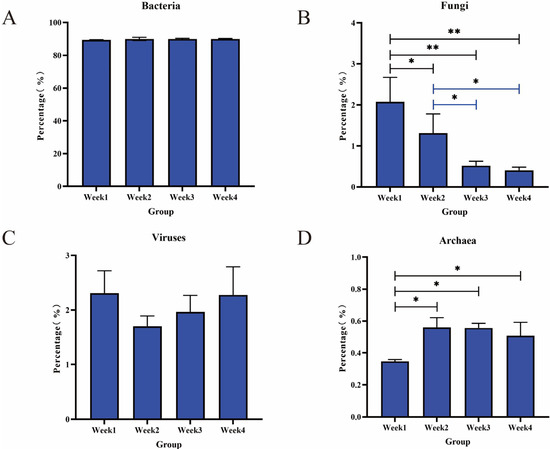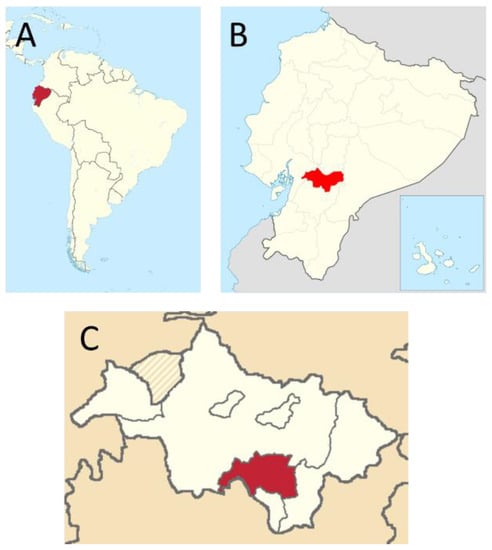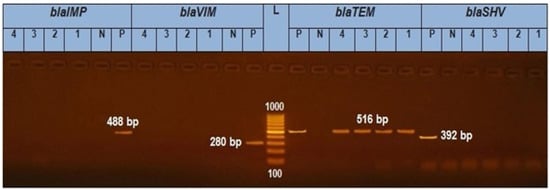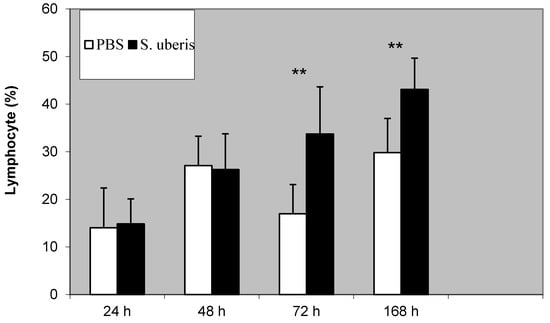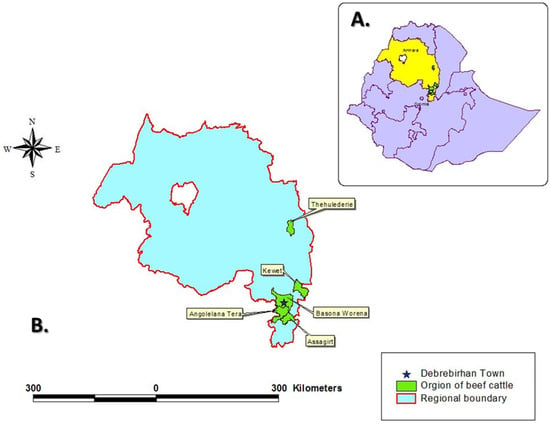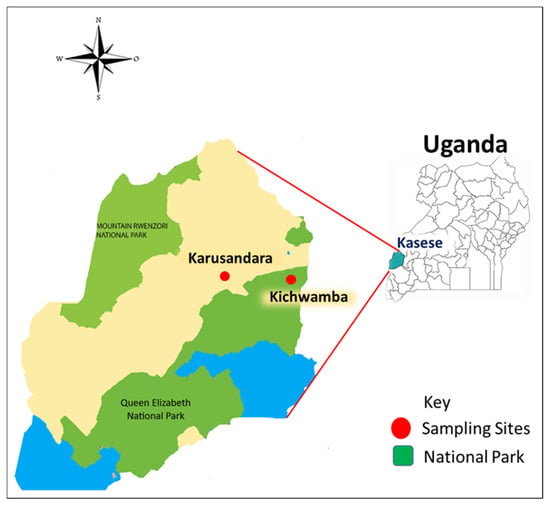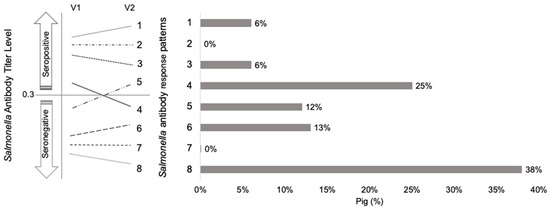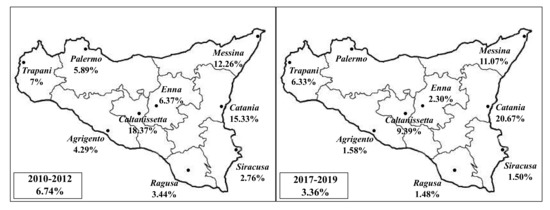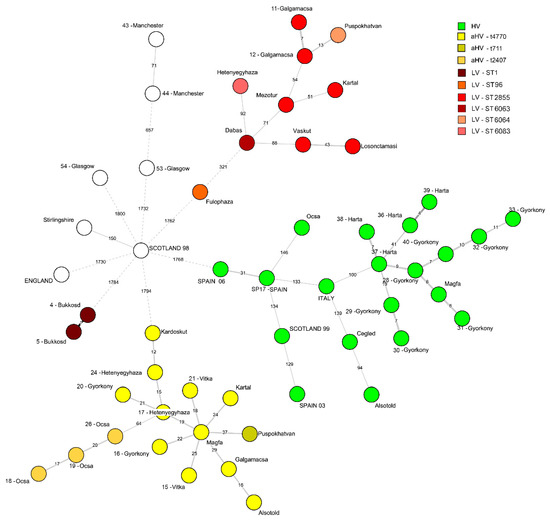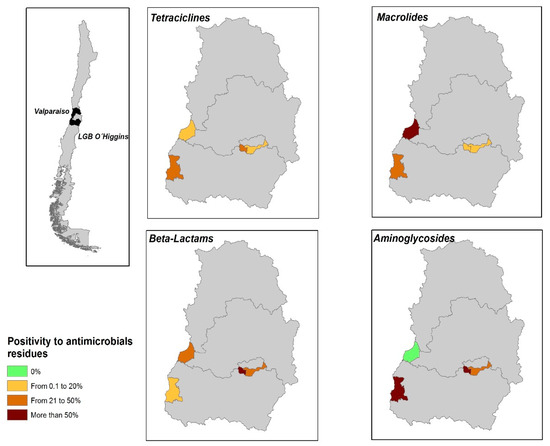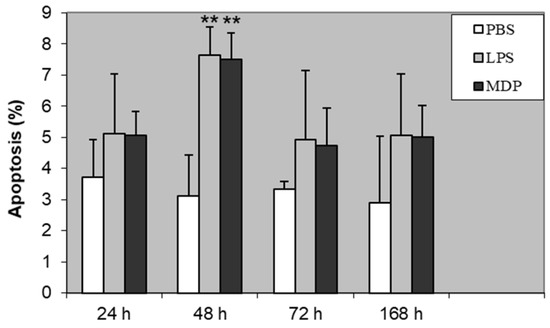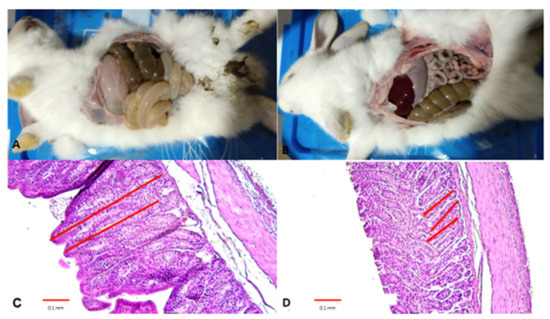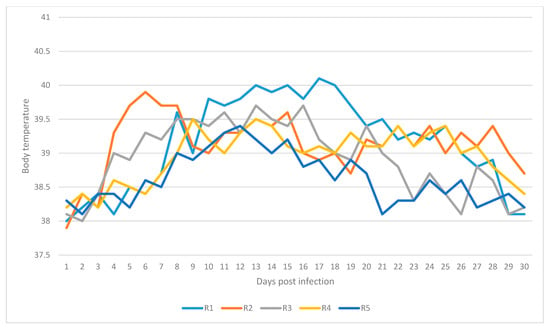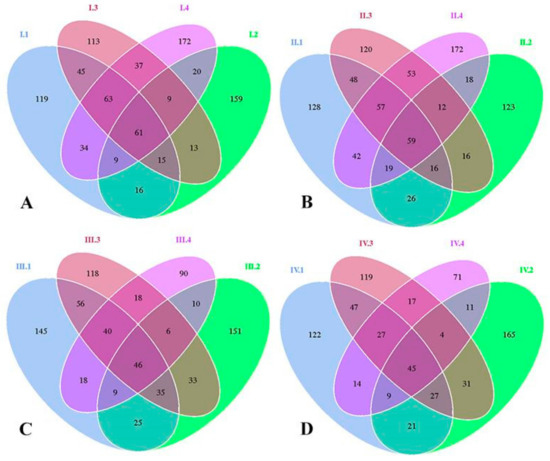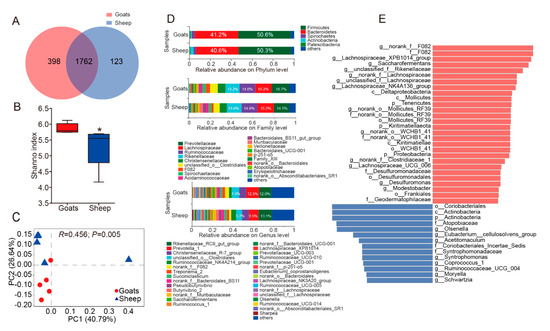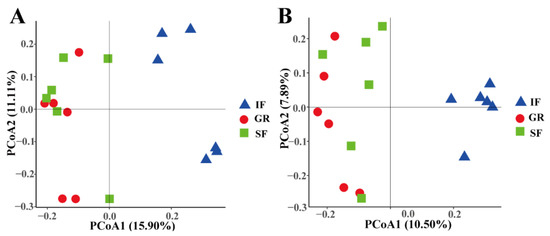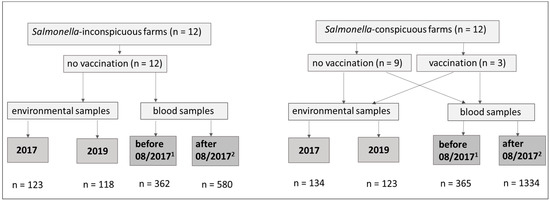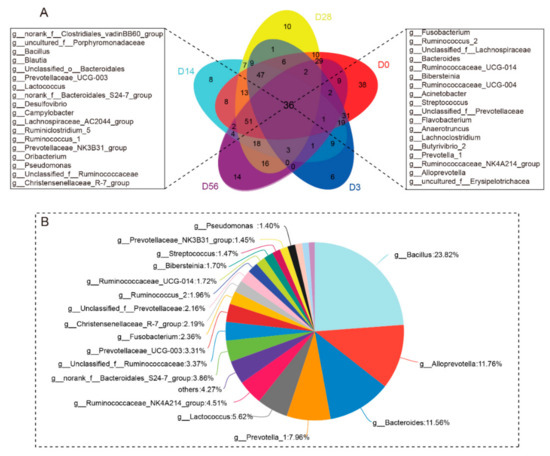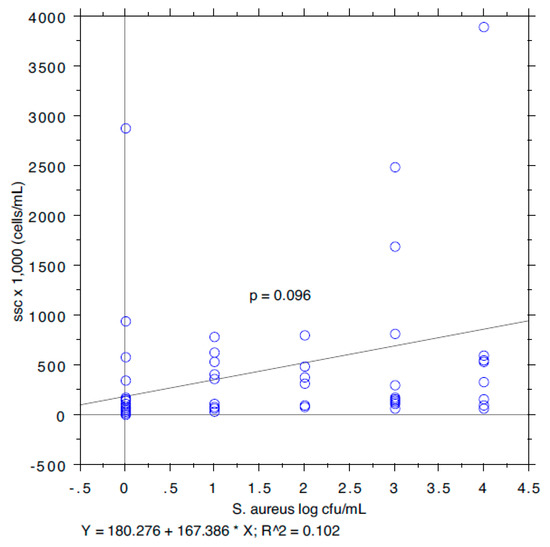Veterinary Microbiology in Farm Animals (Closed)
A topical collection in Animals (ISSN 2076-2615). This collection belongs to the section "Veterinary Clinical Studies".
Viewed by 98277Editors
Interests: animal health; animal welfare; food hygiene; food microbiology
Special Issues, Collections and Topics in MDPI journals
Interests: Escherichia coli; meat; antibiotic resistance; antimicrobials; microbial molecular biology; bacteriology
Special Issues, Collections and Topics in MDPI journals
Topical Collection Information
Dear Colleagues,
Unlike medical microbiology, which focuses on just one species, veterinary microbiology covers the full range of vertebrates other than humans and some invertebrates, too.
Veterinary microbiology in farm animals is concerned with the etiology, pathogenesis, diagnosis and treatment of infection in the individual and with the epidemiology, prevention, and control of infections in the community. It includes microbial (bacterial, fungal, viral) diseases of animals that supply food or other products. It also deals with microbial diseases of wild animals (both feral and living in captivity) for their interrelation with farmed animals.
We invite original research papers that address the microorganisms and the diseases which they cause, the international and public health significance of pathogens, especially in the context of one health, and the important role played by animals as reservoirs of zoonotic diseases, including aspects of control, host response, molecular biology, pathogenesis, prevention, and treatment of microbial diseases of animals and antimicrobial resistance.
Prof. Dr. Beniamino T. Cenci-Goga
Dr. Luca Grispoldi
Guest Editors
Manuscript Submission Information
Manuscripts should be submitted online at www.mdpi.com by registering and logging in to this website. Once you are registered, click here to go to the submission form. Manuscripts can be submitted until the deadline. All submissions that pass pre-check are peer-reviewed. Accepted papers will be published continuously in the journal (as soon as accepted) and will be listed together on the collection website. Research articles, review articles as well as short communications are invited. For planned papers, a title and short abstract (about 100 words) can be sent to the Editorial Office for announcement on this website.
Submitted manuscripts should not have been published previously, nor be under consideration for publication elsewhere (except conference proceedings papers). All manuscripts are thoroughly refereed through a single-blind peer-review process. A guide for authors and other relevant information for submission of manuscripts is available on the Instructions for Authors page. Animals is an international peer-reviewed open access semimonthly journal published by MDPI.
Please visit the Instructions for Authors page before submitting a manuscript. The Article Processing Charge (APC) for publication in this open access journal is 2400 CHF (Swiss Francs). Submitted papers should be well formatted and use good English. Authors may use MDPI's English editing service prior to publication or during author revisions.
Keywords
- microbiology
- one health
- epidemiology
- prevention
- diagnosis






